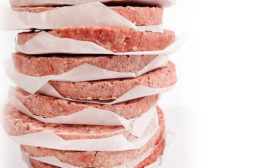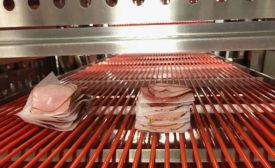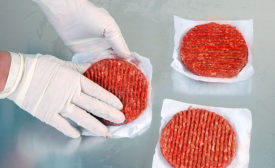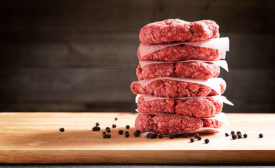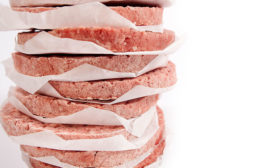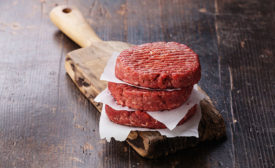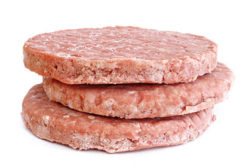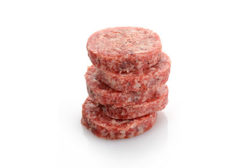Home » Keywords: » interleaving and stacking
Items Tagged with 'interleaving and stacking'
ARTICLES
Protein Problem Solver
Processor automates interleaving, maintaining safety, sanitary standards
September 24, 2019
The interleaving and stacking process
Interleaving and stacking is becoming increasingly automated today.
Read More
Stay ahead of the curve. Unlock a dose of cutting-edge insights.
Receive our premium content directly to your inbox.
SIGN-UP TODAYCopyright ©2025. All Rights Reserved BNP Media.
Design, CMS, Hosting & Web Development :: ePublishing
